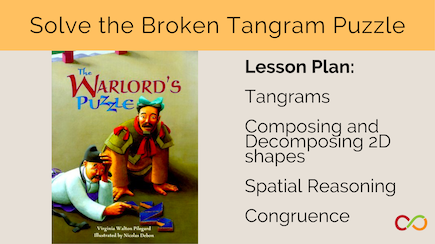Read Alouds on YouTube: Approaching Math through Story
November 25, 2021
Using children’s literature to teach math increases achievement, vocabulary and overall interest throughout the elementary years. It deepens conceptual understanding, triggers extended talk about math, enhances numeracy and reasoning, reduces math anxiety and builds a positive attitude toward mathematics.
In an earlier blog, Dr. Julie Comay explores research behind approaching math through literature and provides simple guidelines to help with book selection.
Members of the Robertson Team read their favourite children’s stories that support math learning.
Read Aloud Lessons
Planting Magic Seeds
After reading Anno's Magic Seeds, students use algebraic reasoning to record and predict linear and exponential growth patterns.
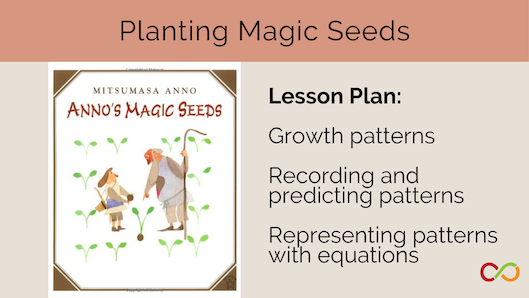
Crocodile Bridges
Students practice composing quantities of 10 using multilink cubes to cross their very own Silibobble Sea.
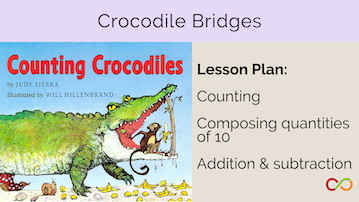
How Many Seeds in a Pumpkin?
Explore addition, multiplication, data management, and the relationship between size and capacity.
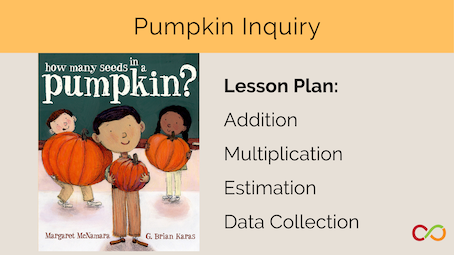
Exploring Infinity
Initiate an open-ended discussion where students offer ideas and examples of infinity.
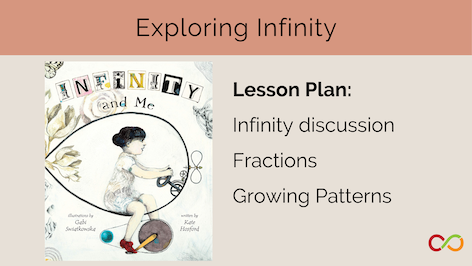
Planning a Party with Estimation: Part 1
When the entire school shows up to Moira's birthday party, Moira must make quick decisions to feed all her guests! Explore data analysis, estimation, and optimization.
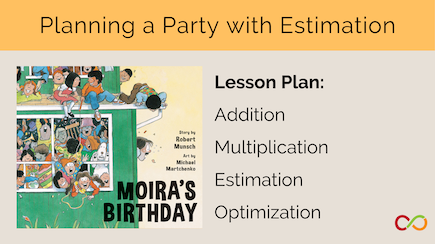
Planning a Party with Estimation: Part 2
When the entire school shows up to Moira's birthday party, Moira must make quick decisions to feed all her guests! Explore data analysis, estimation, and optimization.

Time and Rice: Part 1
After reading One Grain of Rice, students build equations and conceptualize the value of large numbers before identifying growing patterns.
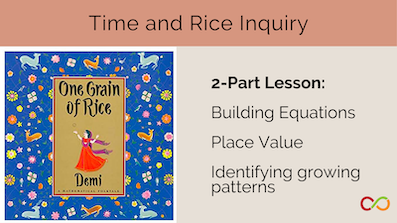
Time and Rice: Part 2
After reading One Grain of Rice, students build equations and conceptualize the value of large numbers before identifying growing patterns.

Number Riddles: Part 1
A princess in ancient Persia poses a mathematical riddle to eliminate potential suitors. Explore fractions, place value, counting, multiplication and number systems.
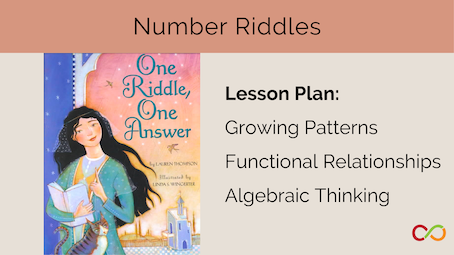
Number Riddles: Part 2
A princess in ancient Persia poses a mathematical riddle to eliminate potential suitors. Explore fractions, place value, counting, multiplication and number systems.

Patterns in Lakota Star Quilts
Explore patterning, symmetry, number sense, tessellation and proportional reasoning.
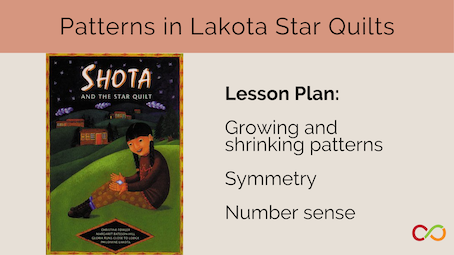
Doubling Numbers: Part One
After reading "Two of Everything," students explore number pattern rules by using a T-Chart to illustrate the relationships between whole numbers.

Doubling Numbers: Part Two
After reading "Two of Everything," students explore number pattern rules by using a T-Chart to illustrate the relationships between whole numbers.

Solve the Broken Tangram Puzzle (The Warlord's Puzzle)
Students use seven shapes to complete tangram puzzles. Students work in pairs, using spatial language to explain how to fit all pieces together.
